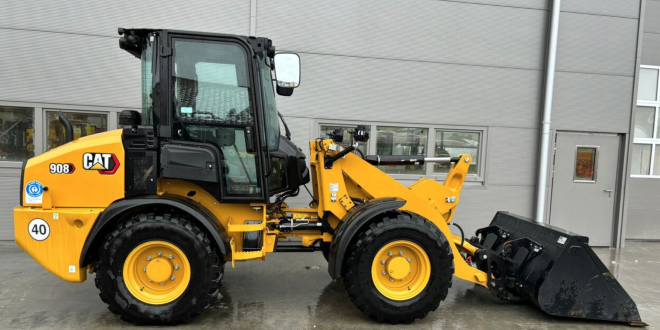Front loader is a highly versatile technique, the main task of which is to perform loading and unloading operations. One of the most important features of these machines is considered to be increased maneuverability and small size with a significant power of the power plant. Different types of front loaders are produced, they are equipped with buckets of different types, designed to perform various operations. Unlike graders or bulldozers, this special equipment carries out the movement of goods by carrying from one place to another without the use of pushing in front of them.
The machine performs work with the help of a bucket, the volume of which can be 0.5-25 cubic meters – the size of the loader is usually proportional to this indicator. Also, it is this tool that largely determines the productivity of the loader.
The size of front loader buckets is determined by the type of load:
- Crushed stone and some other building materials, as well as organic matter and sawmill waste are loaded with buckets ranging from 1.2 to 3 cubic meters.
- Front loader models with buckets of 4 cubic meters or more are used in road construction, mines and quarries, including the handling of high-density materials.
Inexperienced consumers can sometimes make the following mistake – the type of bucket is paid less attention to than the power and dimensions of the front loader. The mismatch of these technical characteristics leads to the fact that the machine is unable to perform the tasks that are put before it.
There is also a misconception that for normal operation of the machine is enough standard bucket, which is usually offered by manufacturers. As a result, the machine does not work efficiently and money is wasted.
Different types of front loaders are equipped with engines of different power – the range can be from 30 to 1250 kW. Due to the rising cost of energy resources, manufacturers are increasingly offering equipment that uses gas as fuel. Such machines have lower productivity, but, according to experts, they are cheaper and easier to maintain.
When making calculations, do not forget that the maximum weight of the bucket with a load should not exceed the limit value, which is set by the manufacturer of front loaders for each model. Otherwise, the machine may tip over. The tipping load of some foreign models can have two values – for straight and folded frame position. The higher the weight to be lifted, the higher the weight of the forklift will be.
Try not to select the bucket capacity so that it corresponds to the maximum permissible value – this will prolong the life of the machine.
Sometimes the conditions of operation of the technique requires its equipment, allowing real-time monitoring of the loader. For example, a system based on GPS allows you to be aware of the movement of the equipment, as well as allows you to take into account the distance traveled. This is especially important if you are going to rent a machine.
In addition, new telematics systems allow you to remotely monitor the work of the equipment, collect data on the modes of operation. In case of a malfunction, they can immediately send a message to the dispatcher. Such systems are usually connected to a satellite and work in real time.

